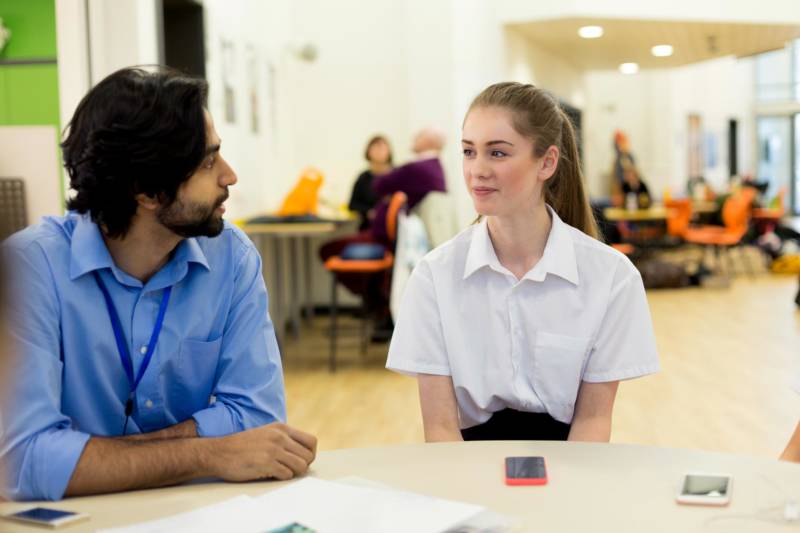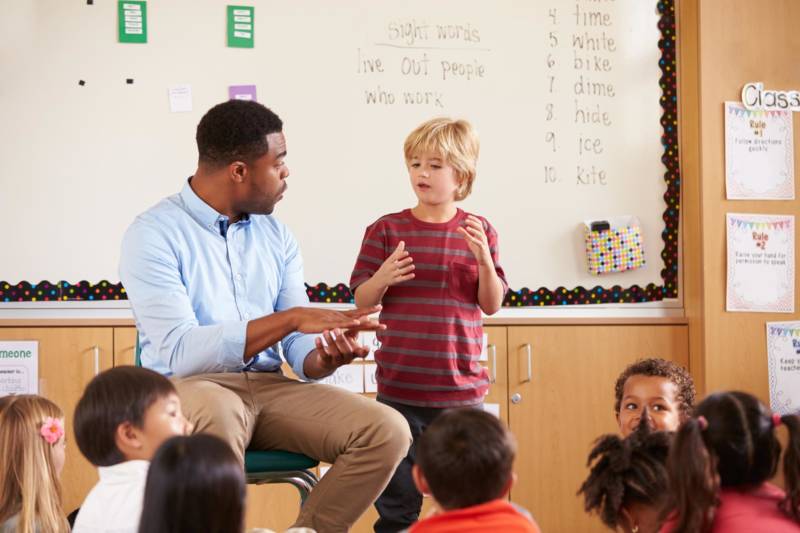“We have two ears and one mouth, so we should listen more than we say.”
― Zeno of Citium
This is a fairly common quote pertaining to good listening skills. It is no secret that good listening skills are essential for workplace success. In order for a team to work well, team members need to listen to one another. When teammates don’t listen to each other, the entire communication process breaks down. This inevitably makes teams unsuccessful.
Active Listening

There exists a type of listening that can improve workplace success. This kind of listening is called “active listening”. Active listening is a process that actively engages the listener with the speaker. With active listening, the listener becomes deeply involved with what is being said. Teams that practice active listening are far more successful than teams that do not.
We all know how to listen. We do it every day. When someone speaks to us, we listen. We listen to the radio in the car, we listen to the birds chirping when we walk outside. So then what does it mean to actively listen? In this post, we explore the various steps to good active listening.
Focus on the Person Speaking

How many times have you see your students “listen” to someone, only to have no idea what was said by the time the speaker was finished? They heard the person talking, but failed to retain what was said. This happens because they were distracted by something else. Either it was something else in the room, or their own thoughts that interrupted their focus.
Either way they failed to recognize that listening to the person speaking was the most important thing. In order to actively listen, they need to focus on the person speaking and make an effort to understand what is being said. As they notice their mind wandering they need to force themselves to bring back their attention to the speaker.
Pay Attention to Both Verbal and Nonverbal Communication

The words that a speaker says are the verbal part of the communication process. Words make up a tiny part of communication. The other part of communication is nonverbal. Research shows that up to 93% of communication is nonverbal! This is why it is so important to pay attention to the nonverbal cues of the speaker.
So what is nonverbal communication exactly? Nonverbal communication includes facial expressions, gestures, body language, tone of voice, and appearance. When listening to someone speak, have your students practice paying attention to each of these nonverbal parts of communication. This will help them to fully understand what the speaker is trying to communicate. Facilitate a discussion afterwards to help your students recognize these nonverbal cues.
Ask for Clarification

Sometimes, no matter how carefully one listens, they just do not quite understand what was said. Maybe the speaker used a word that was unfamiliar or talked about a topic that is difficult to understand. It is important for students to recognize when they didn’t understand what was said and ask the speaker to explain what they meant. This is an important life skill that should be encouraged in your students. Make sure your students understand that asking for clarification is never the wrong thing to do.
Repeat What was Said in your Own Words to Ensure that You Understood

Even if someone thinks they understood what was said, it is important for them to rephrase what was said out loud. They should repeat what they heard in their own words. Repeating it in their own words forces them to think through what was said. This helps them better understand the message and remember what was said. It also gives the speaker a chance to correct them if they misheard or didn’t quite understand the message.
We hope you have gained some insight on the importance of active listening through this post. Learning to practice this type of listening is a crucial skill for your students to develop. Hopefully we have given you some ideas about you can incorporate this learning into your program.
